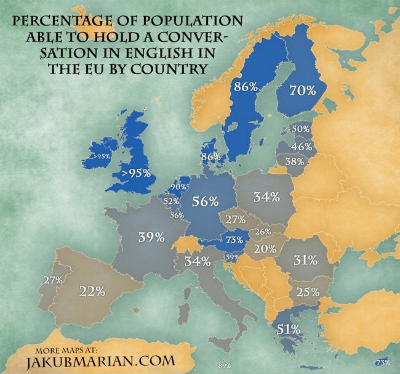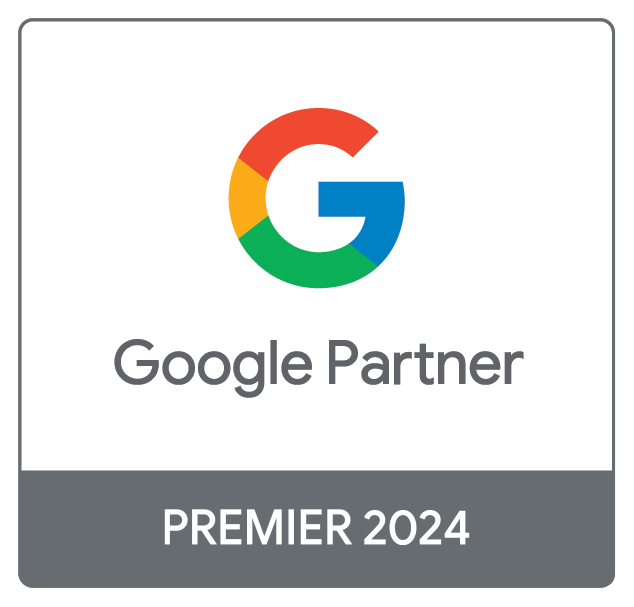
So last Sunday I was speaking to my girlfriend about the “language barrier” between my flatmate and our new flatmate who moved in less than a month ago.
English is the language of the flat, being that we’re in London and, me being Scottish, have a slight advantage over my flatmate from Pakistan, to save identities, let’s call him Joe, and our new flatmate from Hong Kong, let’s say, Julie.
It started with Julie’s friends visiting with their dog. Joe said “Well we don’t really allow dogs but just make sure the bitch doesn’t pee on the floor”. Julie, sure he was being rude, said “OK, D*ck”.
The problem was clear to me. So, after containing my sniggers, I explained that yes, a bitch is a female dog, though still not used so much, for obvious reasons, except for when watching Crufts. But calling someone a d*ck is unmistakable and not really acceptable.
As I told my girlfriend this story, she laughed and said “That reminds me of that comedy from the 80s, Mind Your Language.” We then took some time out to watch a couple of episodes and it is still a must see, a classic. The misunderstandings and misinterpretations had me in stiches!
All of this got me thinking about the importance of localisation when it comes to creating an international marketing strategy. Especially as at WBS we are working with global brands, building and managing campaigns in over 20 countries, across 5 continents.
I thought I’d best write some of this down.
What is Marketing Localisation?
Well it’s certainly not just translation! It’s the process of understanding and adapting your language, communication strategies and your content to fit with the audience you are targeting, based on their location and/or culture. Tailoring your brand’s message to the cultural differences, expectations and of course, the language of your target audience.
How you describe your products/services in new markets will also need to be adapted. There’s no silver bullet on this one I’m afraid. Do your research, utilise local knowledge, split test and learn from your experiences. You’ll get there in the same way you did with your local market. You must also consider the buying pattern of your new audience, as it’s sure to be unique and potentially very different to what you’re used to.
All of this seems obvious but there are a surprising number of global brands that have a global strategy, without giving any thought to localising content.
Research shows an increase in engagement between 50% and 100% with content that is localised, compared to global/generic ads. This shows that, if you’re taking your expansion into an international market seriously, you must run campaigns that are tailor made for that market.
Your goal: To deliver a campaign that looks and feels tailor made, being sure not to offend or upset your new audience, and avoid embarrassing yourself.
Localisation. Definitely not a buzzword!

As digital marketing has undoubtedly made the world smaller, when expanding our marketing campaigns internationally, we as marketers must ensure we deliver a cohesive and consistent message to our eagerly awaiting, new audience. Though we need to ensure this message is delivered correctly, I’ll put some examples later where you’ll see how this could destroy a campaign.
Getting this right can be the difference between the success and failure of your international campaigns. Therefore, best to get it right.
It will cost a bit more and take a bit more time to create and manage the campaigns, but it has proved over time to deliver a much higher ROI. Therefore, localisation must be central to your international marketing strategy.
We’re so demanding, aren’t we?
I know I am, and short on patience too. Will I click on an ad with a spelling mistake? No. Will I read a blog when the text has an unnatural feel, as if it’s been through Google Translate?* No. Will I open an email with a dodgy subject line? No. Will I stay on a webpage if it takes me more than a millisecond to understand? You see where I’m going here.
* Google Translate is great for individual words and a lot of phrases, but it often misinterprets sentences. It can give you a translated sentence with a very unnatural flow or even change the entire context, so beware!
We want to build up our ‘fans’ or brand ‘advocates’. Treating them with respect and showing you care will not only get help you build your following, but also stop people falling out of love with you, stop talking about you, or even worse, ‘unlike’ you…arrrrrgh!!!
We must be aware that our “metrics” and “statistics” are people, like me and you (should that be you and I), who are at some point in the sales process. Potential customers, potential money in the bank, potential ROI for your campaigns. And we all know what that means. More success = more investment.
Don’t Forget Your Demographics
Kind of obvious really, but make sure you use your understanding of demographics and your personas. This may be slightly different for each country you try to break into, but your current knowledge bank will be the best place to start. Research and on-going testing will ensure you understand your users in each new market. How to reach them, how they react to ads, how they engage, etc will need to be measured, meaning you can further tailor your message to each market going forward.
Everyone speaks English, don’t they?
I was surprised, but this is just Europe’s ability to hold a conversation in English.

Source: jakubmarian.com
The numbers really speak for themselves. Take each market as seriously as we take our own country’s market. If you know there are buyers there, talk to them. And I’ll stress the fact that a simple translation will not do (we love Google Translate but let’s be real). Even external translation agencies must be vetted to the highest degree. Someone who learned French at school may not understand the subtle nuances of the language and certainly won’t know all the ‘slang’ terms, which can have many more pitfalls than the formal language.
Keeping this in mind will ensure that your content will get the desired response from the people who read it, your potential customers. You want them to know you, and more importantly, you want them to like you. Don’t start the relationship by causing offence or looking stupid. Give them the respect they deserve and invest that little bit more time and money to ensure your relationship starts off on the right foot.
English is English, right?
Well, no it’s not. My title alone has the UK and US spelling (one of my pet hates, that z…….no place for it on my screen). But this is a minor example of this. The truth is you should consider much smaller geographic locations, someone in Newcastle may respond differently to someone in Somerset. Someone in London will react differently to someone in Manchester. Test this, test this a lot. The terminology used differs hugely dependent on which part of the country you’re in. We’re not writing formal/Queens English style content, therefore, talk to your audience the way they talk to each other.
Couple this with the usage of mobile being ever on the increase. The intent of a mobile user is far more ‘buying mode’ and Google suggest that 50% of mobile searches are location based. Get your share of this audience by standing out from your local competitors. Shout about your location, in the language they are talking, pull them towards you by making them feel that you’re the same as they are, therefore, you know what they want and are ready to provide it.
Geo-targeting is the buzzword here
Geo-targeting is the process of doing what I’ve just described. And this can be taken to another level with the location tracking available to us nowadays. Not just through Google Search, PPC, etc. Your website can respond to the location of your visitor, giving you the ability to show different content/offers/etc dependant on where the visitor is. Powerful stuff. Be sure to work with specialists on this or you could end showing the wrong content and looking silly.
You can do this simply by asking the user to select their location when they enter the site but the software available to us now means we can do this automatically, and more accurately using approaches like IP address tracking and Ping Triangulation. This is ever evolving and improving, meaning our use of geo-targeting will continue to be more effective.
It will take, again, more time and money to develop your geo-targeted strategy. Though the ROI will be much greater, therefore, all global marketers are, if not they should be, using geo-targeting while creating their marketing strategy.
Hyperlocal Social Marketing

With Social Media, companies can be made aware of the exact location of their target audience. People are ‘checking-in’ to locations, which, at least us marketers are allowed to believe, is that person requesting immediate content, offers and even direct contact with information about products/services that are available to them in the surrounding area. Even Google Maps is becoming more like a Social Media Platform, giving users the ability to add reviews, photos and to share information about what they’re doing in that area. Meaning brands can communicate in a very localised and personal way with their target audience.
Just for a laugh
A quick Google search reveals some classic, international marketing errors from some major brands. Below are my top 5, but you can click this link to see a bigger list at inc.com.
- Coors translated its slogan, “Turn It Loose,” into Spanish, where it is a colloquial term for having diarrhoea.
- Ford blundered when marketing the Pinto in Brazil because the term in Brazilian Portuguese means “tiny male genitals.”
- Frank Perdue’s tag line, “It takes a tough man to make a tender chicken,” got translated into Spanish as “It takes a sexually stimulated man to make a chicken affectionate.”
- Mercedes-Benz entered the Chinese market under the brand name “Bensi,” which means “rush to die.”
- Parker Pen, when expanding into Mexico, mistranslated “It won’t leak in your pocket and embarrass you” into “It won’t leak in your pocket and make you pregnant.”
Get expert help

Obviously, the best way to get those international currencies flowing into your bank account is to call in the experts. People who’ve been doing this successfully for many a year, trusted by major brands to ensure their messages comply with all the localisation recommendations.
Funnily enough, at WBS we have the knowledge and experience from running global, localised campaign strategies for over a decade. And we are more than willing to support you whether you are thinking about breaking into international markets, or you are already running campaigns but not getting the results you had hoped for.
Give us a call.
0203 890 4426








